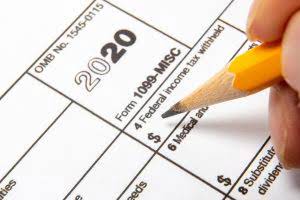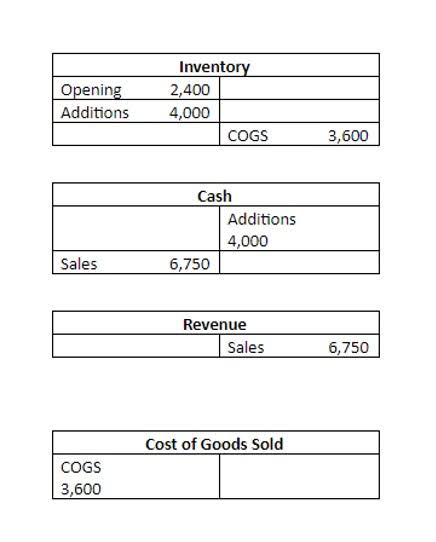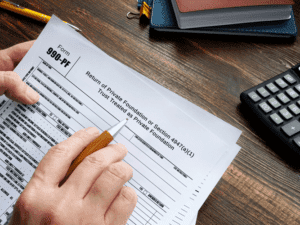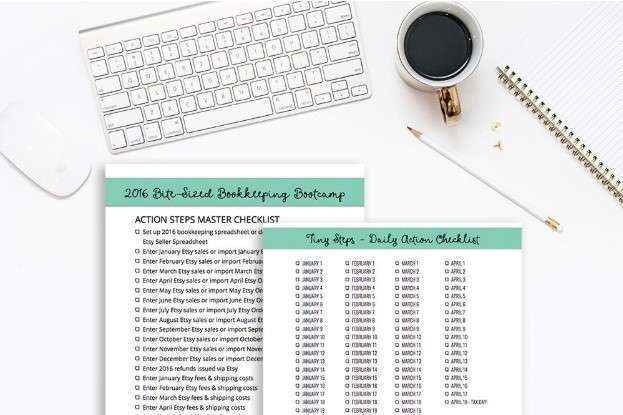
This will help you to identify any changes in your business that may impact your cash flow and adjust as necessary. Implementing these strategies effectively can lead to substantial improvements in a company’s cash flow, ensuring it has the resources required for smooth operations and growth. Negotiated terms with suppliers, including payment periods and discounts for early payment, can influence cash outflow timings. This blog will help you understand the difference between just surviving during the challenging times and thriving with a robust safety net.
What are the key issues when creating a cash flow forecast
Access to a centralized and collaborative environment will augment your financial planning and analysis and help you make more informed decisions. Additionally, consider strategies to accelerate collections, such as offering early payment discounts or tightening credit policies. These tactics can improve business cash flow and reduce the gap between a closed sale and cash receipt. You’ll also want to estimate future operating expenses, leveraging historical data as a baseline, but also accounting for planned cost increases due to inflation, new initiatives, or staffing changes.

How to calculate the opening balance cash flow forecast?
Under the cash out section, you can simply copy-and-paste the data from your P&L forecast. You should also include the cost of expenses during the month you actually pay them. For example, if you pay your staff in arrears, put the expense under the month the money is actually transferred to their bank account. In this article, we’re going to show you how to answer this question by creating a cash flow forecast.
Example of Calculating NPV

On the other hand, if your accounts payable increase, your repayments may affect your cash on hand. Therefore, an increase in payables may indicate future cash outflows as you settle these accounts. Scenarios stemming from potential business decisions involve hypothetical strategic choices that could significantly impact your cash flows and decision-making. For instance, a wholesale distribution company may be considering acquiring another company and have to assume some of the other company’s short-term debt.
- Cash flow forecasts are essential tools for business owners, providing a clear picture of your cash inflows, outflows, and future financial position.
- Therefore, CAPEX will be (50,000), that will reduce the cash generated in Year-Two.
- The bottom line reports the overall change in the company’s cash and its equivalents over the last period.
- But you’ll also need to account for expected one-off expenses and cash injections across the year, such as new investments (computers etc.) and loans.
- Analyzing cash flow from financing helps gauge the company’s capital structure, debt management, and its ability to meet financial obligations.

For example, say Hana Enterprises ships $50,000 worth of security products to customers in January, along with invoices that are due in 30 days. The company will have $50,000 of revenues for the month but won’t receive any cash until February. On paper, the business forecast of future cash inflows and outflows looks healthy, but all of its sales are tied up in the accounts receivable. Unless Hana Enterprises has plenty of cash on hand at the beginning of the month, they will have trouble covering their expenditures until they start receiving cash from clients.

More Resources

This oversight can lead to delayed payments to suppliers, hampering the supply chain and potentially resulting in missed production deadlines. Similarly, a retail business experiencing unexpected drops in sales without proper forecasting might struggle to meet payroll obligations, leading to employee dissatisfaction and a tarnished brand image. In summary, cash flow https://www.bookstime.com/ forecasts are a fundamental tool for financial planning and decision-making. They provide visibility into an entity’s financial future, helping it allocate resources effectively, manage liquidity, make sound investments, and navigate financial challenges. Accurate and well-maintained cash flow forecasts are essential for achieving financial stability and success.
This method provides a more comprehensive view of cash flows by considering both cash and non-cash elements, making it particularly valuable for larger businesses with complex financial structures. It’s not a perfect science, but leveraging historical financial data, evaluating current expenses, and estimating future cash inflows and outflows will help you build a forecast you can count on. You’ll have a working forecast that you can continue to hone as circumstances change. Did you know that capital expenditures and investments in assets, such as equipment upgrades or property acquisitions, can significantly impact your cash flow projections? These one-time expenses often represent substantial cash outflows that must be accounted for in a forecast. Additionally, you’ll want to have a deep understanding of your business’s historical financial data.
- These systems, used by small to large businesses, offer data export and integration features for easy connection to cash forecasting software.
- Examples include issuing or repurchasing shares, borrowing funds, and repaying loans.
- When you must maintain more inventory to support production levels, your cash outflows will likely rise as you pay for more components and materials.
- Cash flow is the net cash and cash equivalents transferred in and out of a company.
- Accounting standards let businesses use either the indirect method or the direct method for the cash flow statement.
- The cash flow statement presents actual cash flows and forecasts a company’s future cash flows.

